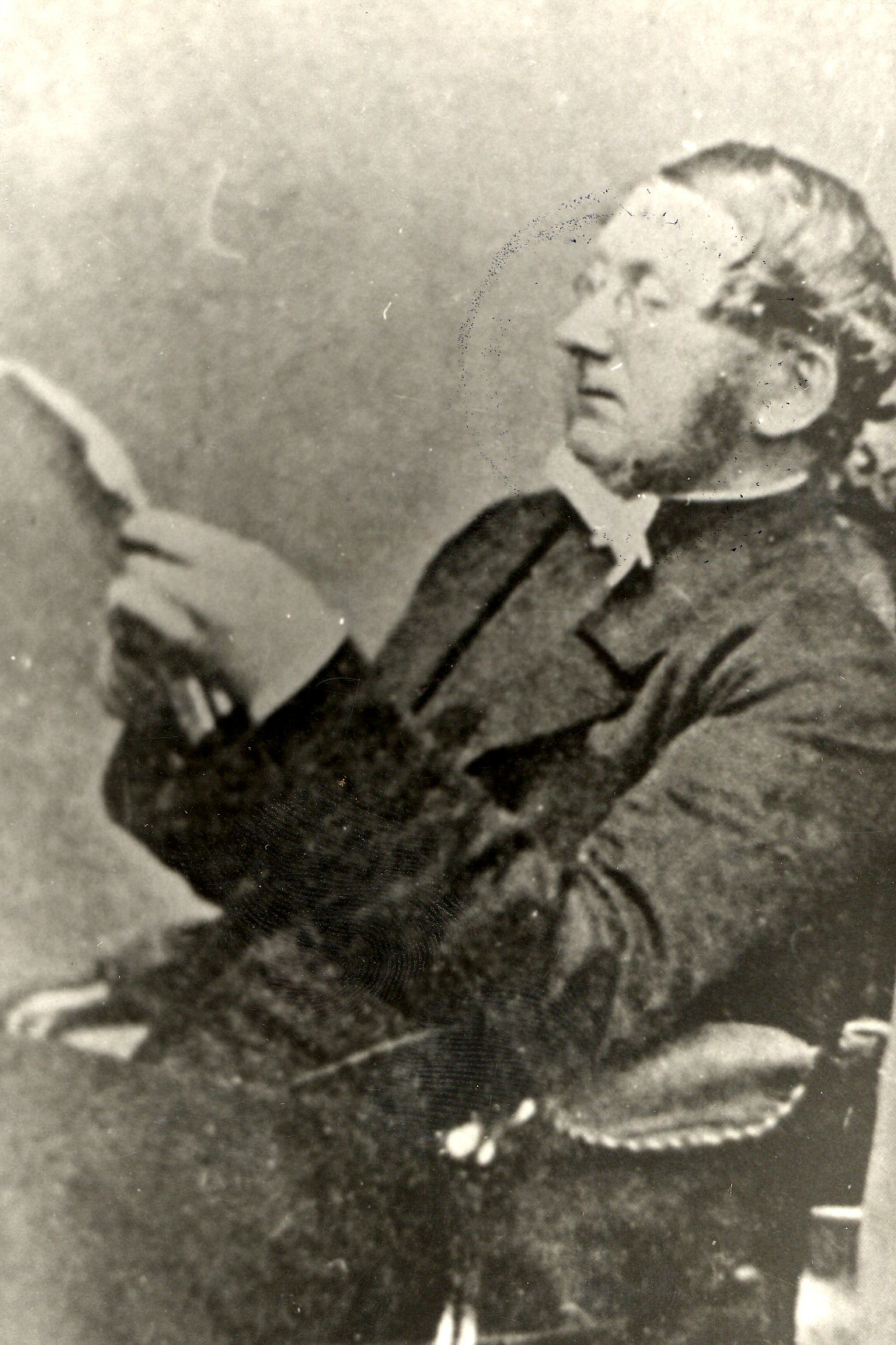Content can be downloaded for non-commercial purposes, such as for personal use or in educational resources.
For commercial purposes please contact the copyright holder directly.
Read more about the The Creative Archive Licence.
Description
The Reverend Stephen Roose Hughes was the Rector of Llanallgo church on Anglesey. Following the wreck of the Royal Charter nearby in October 1859 he rushed down from his church to assist in the rescuing of its passengers by the villagers of Moelfre who were trying to pull people from the water.
The bodies that were recovered were then brought to his church, where he meticulously noted every detail and characteristic such as hair and eye colour, tattoos and other markings so that the bodies might be identified by their friends and relatives. Some of the bodies had been so badly damaged that they could not easily by identified by their appearance alone. Even after burial, which he conducted with respect to the religion and customs of the deceased, the bodies sometimes had to be exhumed to help determine their identity.
Following the wreck relatives from across Britain flocked to the church at Llanallgo, and Reverend Stephen Hughes and his wife cared for and comforted each and every one, determined to help find their loved ones and console them as best he could. Distance was no bar, and he would travel as far as London if it meant bringing closure to identifying one of the lost. The scale of the tragedy did not weaken his resolve or compassion and he was thanked by the relatives who appreciated such duty and devotion. Reverend Hughes was critical of the authorities who he saw as being far more concerned with the fate of the gold lost with the Royal Charter rather than with the bodies of those still trapped on board or being washed up along the coast in the weeks after it sank. So agitated did he become that he was threatened with arrest if he did not stop interfering.
He undertook the task to identify and care for the deceased at no small personal cost to himself, nearly half his annual stipend was spent. Thankful relatives and other well-wishers sent him and his wife donations to help alleviate the financial strain of organising the burials.
Charles Dickens came to interview him in the months after the tragedy and recorded the matter in his book, The Uncommercial Traveller.
The strain of task and the continued exposure to the weather eventually took its toll on Reverend Hughes, he became ill in September of 1860 and was not to recover, passing away in 1862 at the age of 47. Money was collected so that his wife might be suitably cared for.
What was life like for a village clergyman in 1859?
http://www.royalcharterchurch.org.uk/history.html
http://www.royalcharterchurch.org.uk/wreck.html






Do you have information to add to this item? Please leave a comment
Comments (0)
You must be logged in to leave a comment